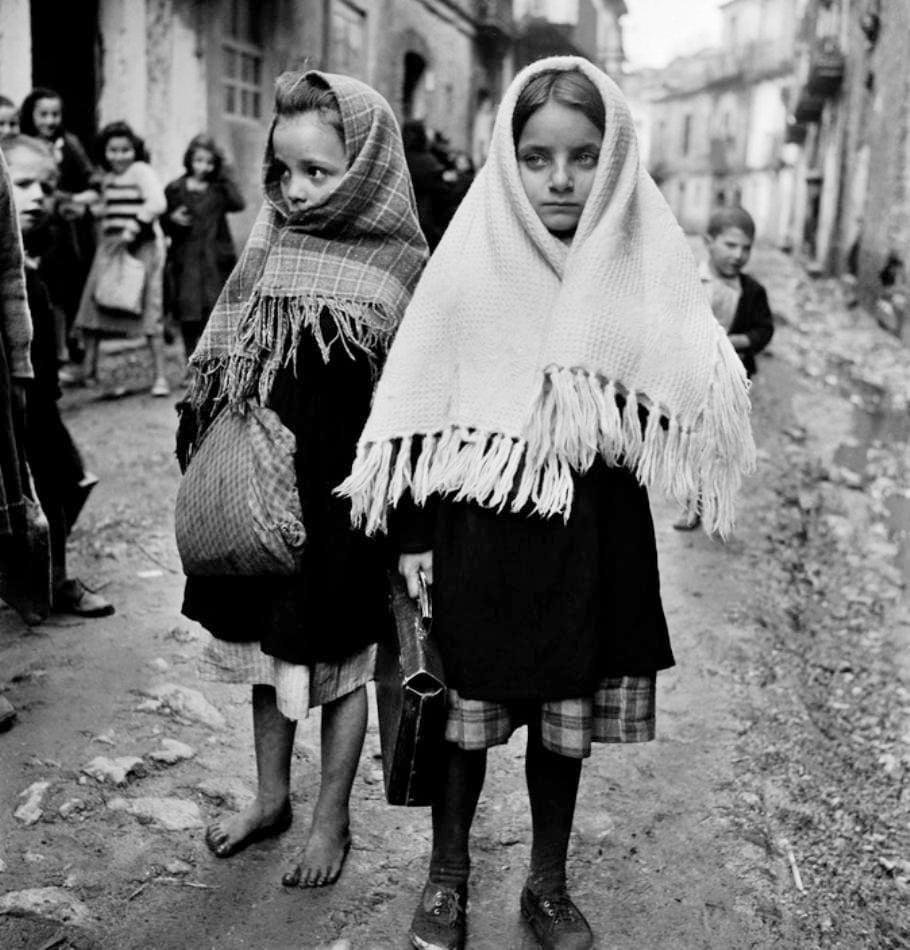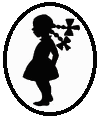
Figure 1.--San Nicola da Crissa is a little town in the Calabria region, at an elevation of about 1,700 feet. Nowadays there are about 1,100 inhabitants. This photograph was taken in 1950. At the time there were more than 4,200 inhabitants. Most of the people emigrated in the 1960s-1970s, but other ones also in the more recent decades. The people mainly subsist on farming. Once all the fields belonged to two wealthy families and all the other families were sharecroppers. The photo depicts two young girls on the way to school. Both have scarfs on their heads. We see many girls wearing shawls in Italy, but with the Italian Economic Miracle of the 1950s, his rapidly disappeared even in the south. Clearly both girls were from working class families, but we can see a little difference in the economic level. The girl on the right has a school bag and, above all, she wears shoes and socks. The other girl is carrying the books wrapped in a cloth and is barefoot, that usually meant she didn't own any footwear. |


